The Most Amazing Hubble Space Telescope Discoveries
An Icon in Space
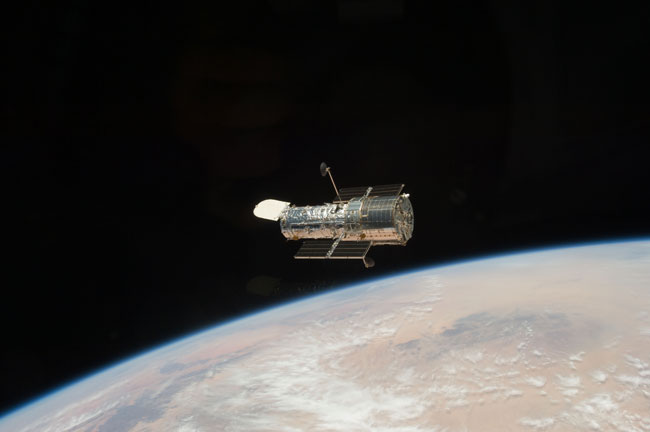
The Hubble Space Telescope has lasted an astounding 20 years, and in that time it has revolutionized our understanding of the universe. Here is a short rundown of Hubble's greatest achievements.
Dark Matter
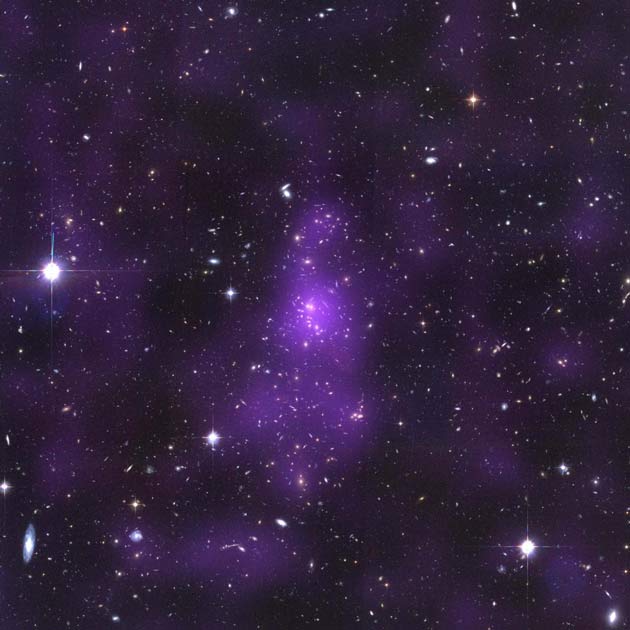
Dark matter, which is invisible but reveals its existence via gravity, makes up roughly 23 percent of the universe. By analyzing the distortions caused by dark matter's gravity on light from distant galaxies, Hubble helped construct the largest scale 3-D maps scientists have of where dark matter is distributed in the universe. These helped show the clumpiness of dark matter has apparently increased over time, showing it exhibits ordinary gravity, as opposed to something else. Better understanding how dark matter behaves could help scientists figure out what it actually is.
Pluto and its kin
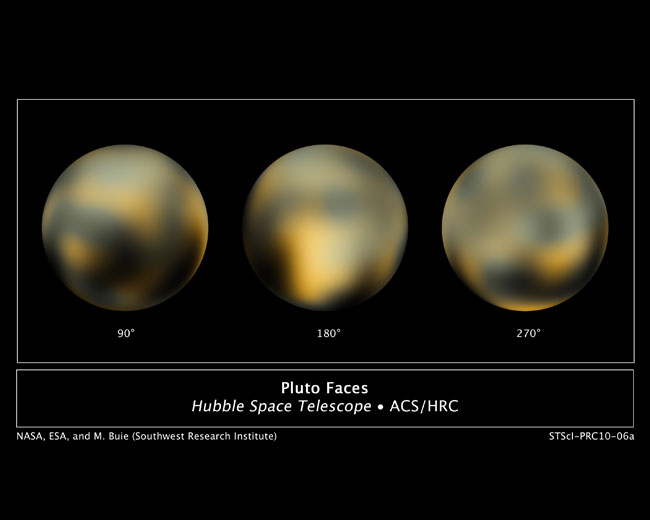
Hubble discovered two new moons of Pluto, dubbed Nix and Hydra, and recently mapped seasonal changes to its surface. Also, by helping to find out the mass of Eris, which is 27 percent more massive than Pluto, the realization that similar bodies might lurk in the Kuiper Belt and beyond helped demote Pluto and similar objects to dwarf planet status. Future observations of such distant bodies could help scientists better understand how the solar system evolved.
Protoplanetary disks
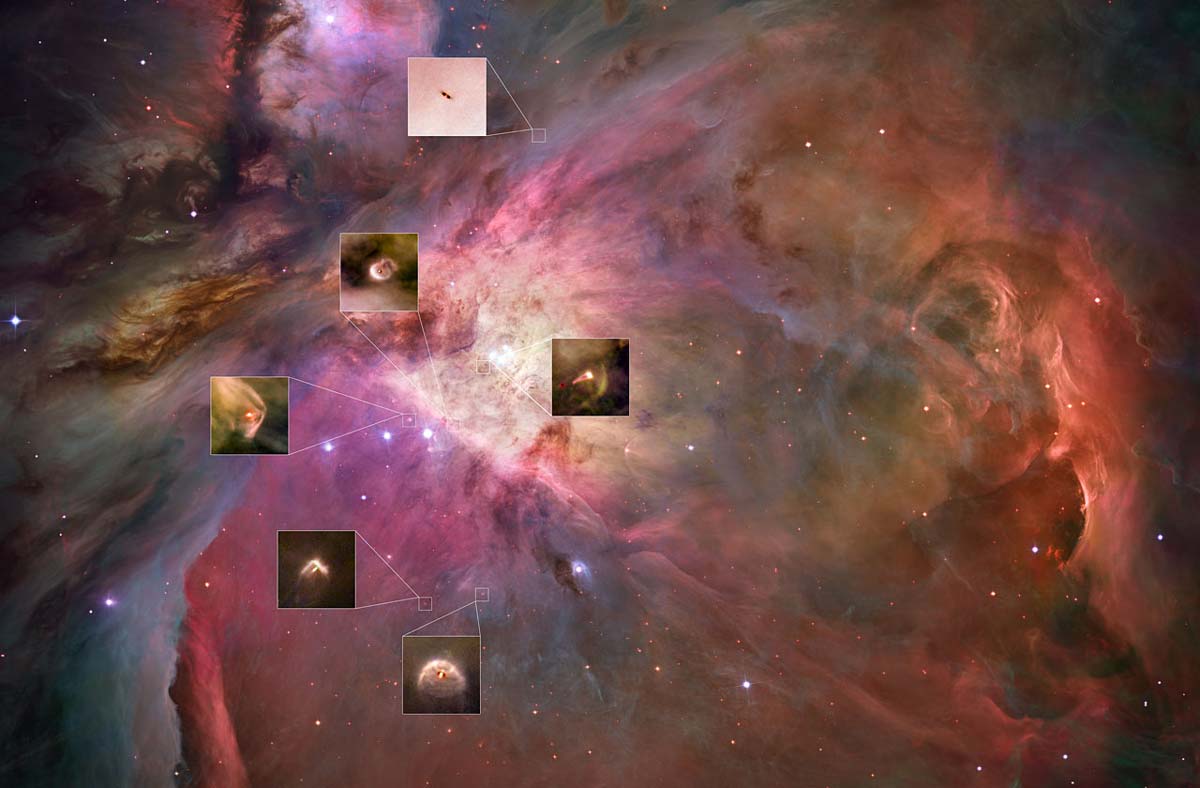
By gazing at star-forming regions such as the Orion Nebula, Hubble was able to show that protoplanetary disks of gas and dust are ubiquitous around many young stars. This reinforces the idea that alien worlds are common in the universe.
Gamma ray bursts
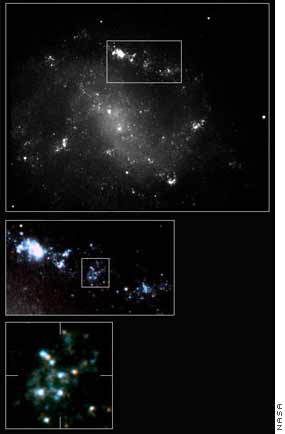
Gamma ray bursts are the most powerful explosions known in the universe, typically cutting loose more energy in seconds than our sun will release in its entire 10 billion year lifetime. The origin of these bursts was a mystery for decades. Hubble helped discover these bursts typically occur in galaxies that were actively forming stars and were low in metallicity — that is, low in elements heavier than helium. This suggested gamma ray bursts emerged as massive stars collapsed to form black holes — active star-forming galaxies are often rich in massive stars that collapse quickly, and low-metallicity stars are more likely to retain their mass and form black holes.
Comet Shoemaker-Levy 9

The comet Shoemaker-Levy 9 collided spectacularly with Jupiter in 1994, an impact Hubble captured in all its startling glory. The giant planet's gravitational pull ripped the comet apart into fragments, resulting in 21 visible impacts. The largest collision created a fireball that rose about 1,800 miles (3,000 km) above the Jovian cloud tops as well as a giant dark spot more than 7,460 miles (12,000 km) across — about the size of the Earth — and was estimated to have exploded with the force of 6,000 gigatons of TNT. Not only did Hubble's observations heighten public interest in the effects of cosmic impacts, they also shed light on Jupiter's atmosphere.
Dark Energy
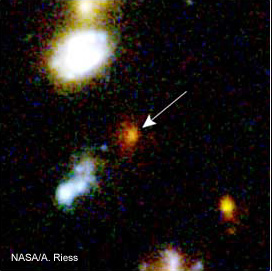
By determining the rate at which the universe is expanding, Hubble may have helped solve the mystery of how old the universe is, but it unexpectedly turned up an even more profound one — the fact that the rate of the universe's expansion is not slowing down or even constant, but is inexplicably accelerating. The culprit behind this, dubbed dark energy, is now thought to make up 74 percent of the combined mass-energy in the entire universe, and it remains an utter enigma. Solving this mystery could revolutionize physics as we know it.
Black Holes

Hubble discovered that super-massive black holes probably lurk in every galaxy that has a bulge of stars at its center. The very tight link between the size of these central black holes and the size of their galaxies Hubble saw also showed that both evolve in concert, shedding light on how the universe has evolved over time.
Alien Worlds
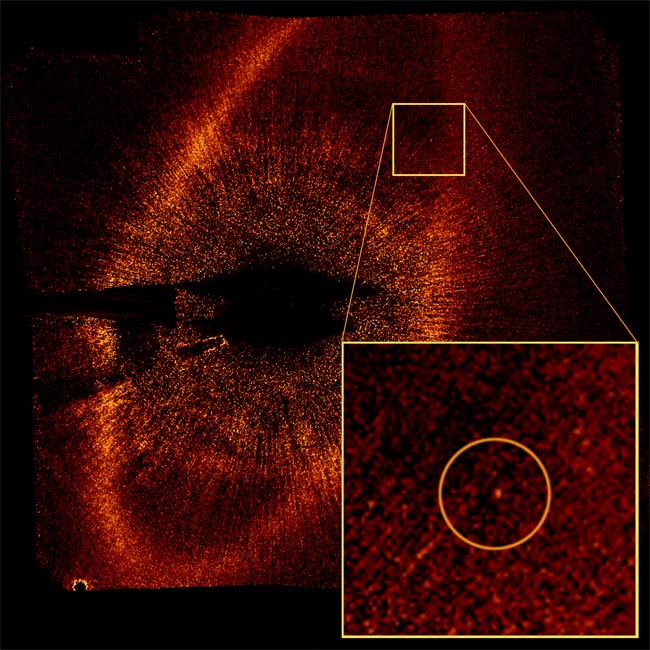
Most of the more than 400 or so extrasolar planets found so far were actually discovered by telescopes on the ground. Still, Hubble has made some important advances in our research into alien worlds, such as determining the composition of the atmosphere of an exoplanet for the first time and actually imaging the visible light of Fomalhaut b.
The beginning of time...
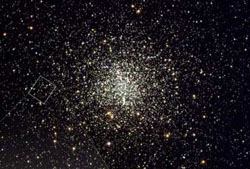
Before Hubble, it was highly uncertain as to when the universe was born, which could lead to unbearable paradoxes, such as the laughable possibility that stars astronomers detected were older than our universe. By greatly narrowing down the rate at which the universe is expanding, Hubble helped refine estimates of the universe's age down to roughly 13.75 billion years, a result that not only plays a role in modeling how our universe has evolved over time, but also in our understanding other seemingly unrelated cosmic parameters, such as the mass of neutrinos.Stars that are billions of light years away naturally took billions of years to get here, and
Hubble Still Goes On
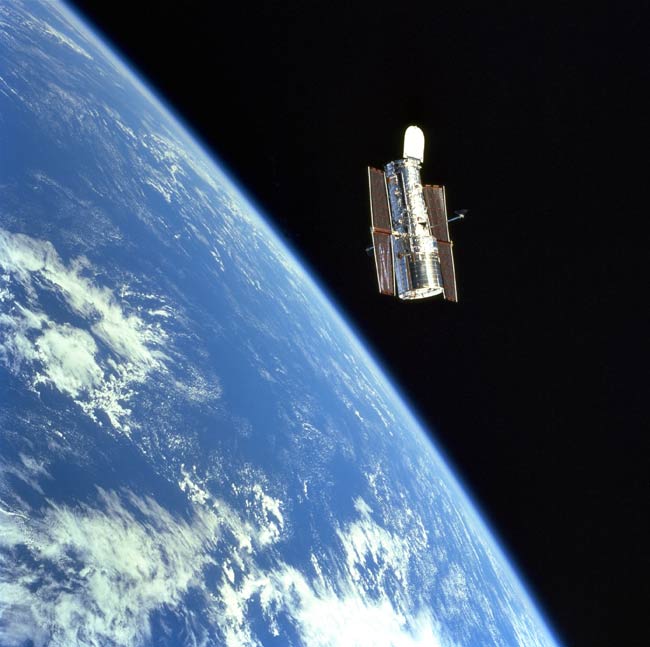
The most amazing thing about Hubble besides its scientific findings could be how surprisingly long-lived it has proven. Five missions to service it over the years not only provided vital repairs but also upgrades that gave it new capabilities each time, enabling it to keep on coming up with new discoveries and even more breathtaking images. After the last mission to service it in 2009, Hubble could go on working for at least five years.
Join our Space Forums to keep talking space on the latest missions, night sky and more! And if you have a news tip, correction or comment, let us know at: community@space.com.
Breaking space news, the latest updates on rocket launches, skywatching events and more!

Space.com is the premier source of space exploration, innovation and astronomy news, chronicling (and celebrating) humanity's ongoing expansion across the final frontier. Originally founded in 1999, Space.com is, and always has been, the passion of writers and editors who are space fans and also trained journalists. Our current news team consists of Editor-in-Chief Tariq Malik; Editor Hanneke Weitering, Senior Space Writer Mike Wall; Senior Writer Meghan Bartels; Senior Writer Chelsea Gohd, Senior Writer Tereza Pultarova and Staff Writer Alexander Cox, focusing on e-commerce. Senior Producer Steve Spaleta oversees our space videos, with Diana Whitcroft as our Social Media Editor.
